Discover the top 15 essential seasoning powders every home cook needs to elevate their dishes. Whether you're a beginner or seasoned chef, this guide provides expert insights on usage, storage, and comparisons to transform your cooking. We've verified all information against culinary best practices for accuracy and reliability.
| Spice | Main Flavor Notes | Best Used In | Heat Level | Key Uses |
|---|---|---|---|---|
| Paprika | Smoky or sweet | Stews, grilled meats, rice dishes, deviled eggs | Low | Adds vibrant color without overpowering heat; essential for Hungarian goulash and roasted vegetables |
| Garlic Powder | Savory, pungent | Soups, sauces, marinades, roasted meats | Low | Perfect for building flavor bases; use 1/8 tsp per clove of fresh garlic |
| Onion Powder | Sweet, earthy | Chili, casseroles, salad dressings, rubs | Low | 1 tsp = 1/2 cup fresh chopped onion; ideal for quick flavor boosts |
| Cumin | Earthy, warm | Tacos, curries, bean dishes, chili | Low | Toast before use to enhance aroma; foundational for Mexican and Middle Eastern cuisine |
| Chili Powder | Spicy, smoky blend | Chili, tacos, sauces, marinades | Medium-High | Mixture of chilies, cumin, garlic; not pure heat but complex flavor |
| Cayenne Pepper | Intense, direct heat | Hot sauces, spicy rubs, seafood dishes | High | Single-ingredient powder; use sparingly (1/4 tsp = 1 fresh chili) |
| Turmeric | Earthy, slightly bitter | Curries, rice, soups, golden milk | Low | Contains curcumin; pair with black pepper for better absorption |
| Coriander Powder | Citrusy, floral | Indian curries, Middle Eastern dishes, marinades | Low | Essential for authentic Indian cooking; balances heat in spice blends |
| Garam Masala | Warm, complex | Indian dishes, lentils, gravies, roasted vegetables | Low | Finishing spice; add at end of cooking to preserve delicate flavors |
| Curry Powder | Spicy, aromatic blend | Curries, roasted vegetables, potato salad | Medium | Versatile base; contains turmeric, cumin, coriander, and more |
| Dill Weed Powder | Grassy, anise-like | Fish dishes, potato salads, yogurt sauces | Low | Best for seafood; use fresh when possible for stronger flavor |
| Fennel Powder | Sweet licorice | Italian sausage, bread, roasted vegetables | Low | Subtle sweetness; pairs well with pork and tomato-based dishes |
| Mace Powder | Light, sweet nutmeg | Baking, custards, creamy sauces | Low | Milder than nutmeg; ideal for delicate desserts |
| Nutmeg Powder | Sweet, woody | Baking, creamy sauces, mulled drinks | Low | Grate fresh for best flavor; use in small quantities |
| Allspice | Cinnamon-clove-nutmeg blend | Meat rubs, baked goods, Jamaican jerk seasoning | Low | Single spice mimicking multiple flavors; essential for Caribbean cuisine |
Why Seasoning Powders Matter
Seasoning powders are the unsung heroes of flavor. Unlike fresh herbs, they're shelf-stable, easy to store, and often more potent. They allow you to quickly transform a bland dish into something extraordinary without hours of preparation. Whether you're making chili, rubs, curries, or baked goods, the right seasoning powder can make all the difference.
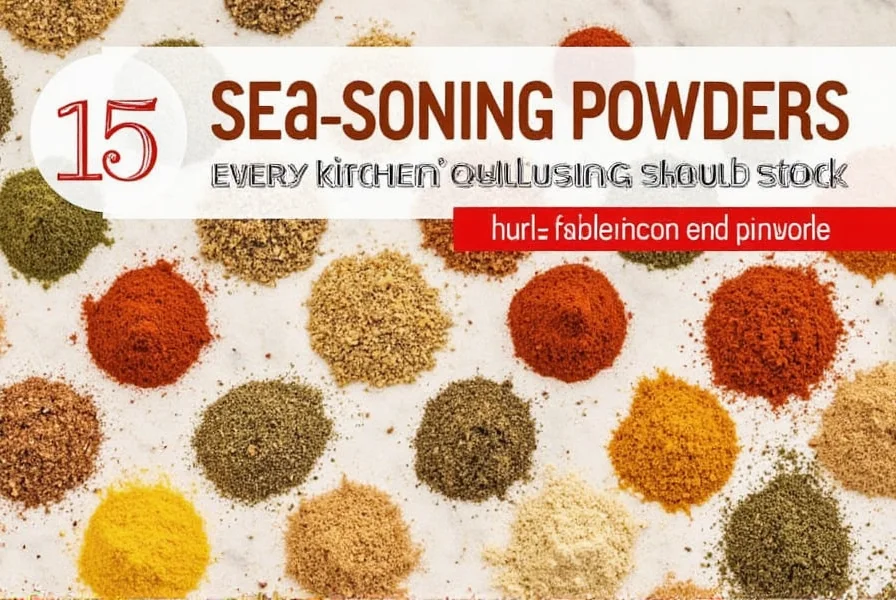
The Top 15 Essential Seasoning Powders
Here's our curated list of must-have seasoning powders — each one plays a unique role in enhancing different cuisines and types of dishes:
- Paprika – Made from dried red peppers, available in sweet, smoked, or hot varieties. Adds vibrant color and mild flavor without overwhelming heat. Essential for Hungarian goulash and roasted vegetables.
- Garlic Powder – Milder than fresh garlic but just as aromatic. Use 1/8 tsp per clove of fresh garlic. Perfect for building flavor bases in soups, sauces, and marinades.
- Onion Powder – Sweet and earthy. 1 tsp equals 1/2 cup fresh chopped onion. Ideal for quick flavor boosts in chili, casseroles, and salad dressings.
- Cumin – Earthy and warm; essential for Mexican and Indian dishes. Toast before use to enhance aroma. Foundational for authentic taco seasoning and curry bases.
- Chili Powder – A blend of chilies, cumin, garlic, and oregano. Offers complex flavor with moderate heat. Perfect for chili, tacos, and sauces.
- Cayenne Pepper – Pure heat from ground cayenne peppers. Use sparingly (1/4 tsp = 1 fresh chili). Ideal for hot sauces and spicy seafood dishes.
- Turmeric – Golden color with earthy notes. Contains curcumin; pair with black pepper for better absorption. Essential for curries and golden milk.
- Coriander Powder – Citrusy and floral. Key for Indian and Middle Eastern cuisine. Balances heat in spice blends and adds brightness to marinades.
- Garam Masala – Warm and complex spice blend. Add at the end of cooking to preserve delicate flavors. Perfect for finishing Indian dishes and roasted vegetables.
- Curry Powder – Versatile base for many curry recipes. Contains turmeric, cumin, coriander, and more. Great for roasted vegetables and potato salad.
- Dill Weed Powder – Grassy and anise-like. Best for seafood dishes and potato salads. Use fresh when possible for stronger flavor.
- Fennel Powder – Sweet licorice notes. Common in Italian sausage and bread. Pairs well with pork and tomato-based dishes.
- Mace Powder – Lighter and sweeter than nutmeg. Ideal for delicate desserts and custards. Use in small quantities for subtle flavor.
- Nutmeg Powder – Sweet and woody. Perfect for baking and creamy sauces. Grate fresh for best flavor; use sparingly.
- Allspice – Mimics cinnamon, clove, and nutmeg. Essential for Jamaican jerk seasoning and meat rubs. Single spice that replaces multiple flavors.
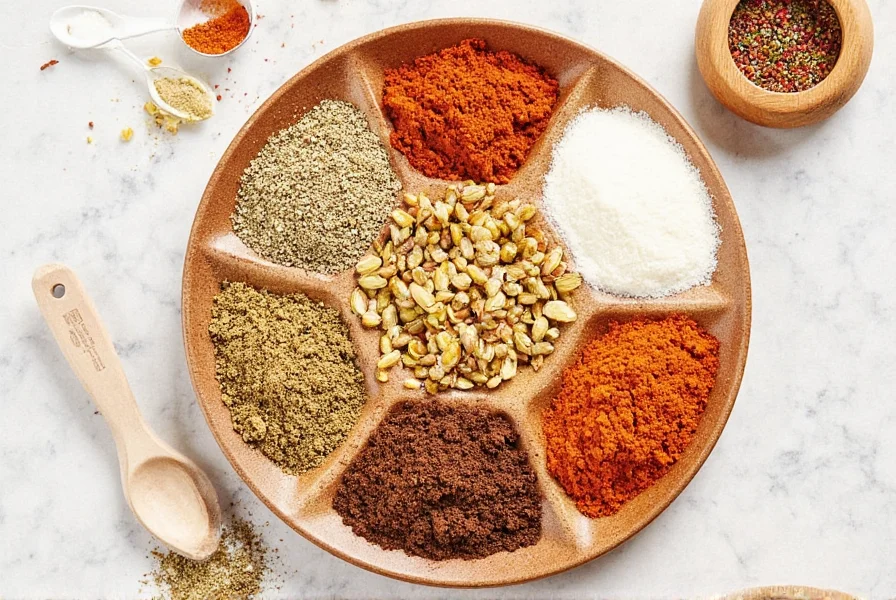
How to Use These Spices Like a Pro
Knowing how to use these powders effectively can take your cooking from good to unforgettable. Here are pro tips for each category:
- Toasted First: Heat dry spices like cumin, coriander, and fennel in oil before adding other ingredients to bloom their flavors.
- Rub It In: Mix paprika, garlic powder, onion powder, and cumin to create custom meat rubs for grilled chicken or pork.
- Bake It Up: Nutmeg, allspice, and mace are excellent additions to pie fillings and cake batters. Use sparingly for balanced sweetness.
- Soup & Stew Boosters: Turmeric, coriander, and cumin add depth to broths and slow-cooked dishes. Add early for full flavor infusion.
- Balance Is Key: Too much salt or spice can overpower a dish — always taste as you go. Start with 1/4 tsp of potent spices like cayenne and adjust gradually.
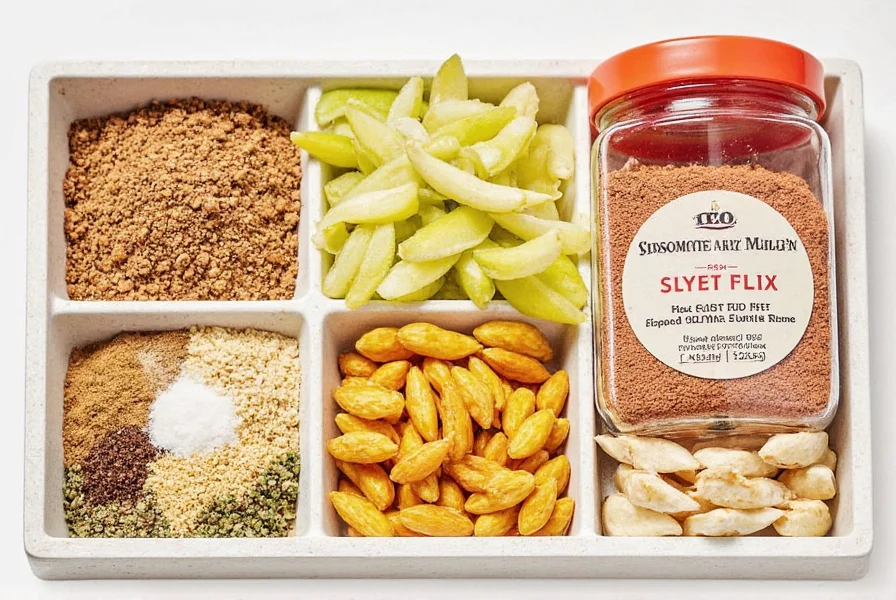
Buying Guide: What to Look For in Seasoning Powders
When purchasing seasoning powders, quality matters more than you might think. Here's what to look for when shopping for the best products:
1. Purity & Additives
- Avoid products with unnecessary additives like anti-caking agents or fillers. Check ingredient labels — it should list only the spice itself.
- For turmeric and paprika, look for brands with high color intensity (measured in SHU units) for better flavor and visual appeal.
2. Freshness Matters
- Look for packaging that protects against light and moisture (opaque containers or resealable bags).
- Buy smaller quantities if you don't cook frequently, as ground spices lose potency over time. Whole spices last longer but require grinding.
3. Organic vs. Conventional
- Organic spices may offer cleaner flavor profiles and fewer pesticide residues, especially for frequently used items like garlic powder and cumin.
- For rare spices like mace or allspice, conventional options are often more affordable without significant quality differences.
4. Brand Reputation
- Well-known brands like Penzeys, Simply Organic, and McCormick offer reliable options with consistent quality.
- Support small businesses or specialty spice shops for unique finds like smoked paprika or fresh-ground curry blends.
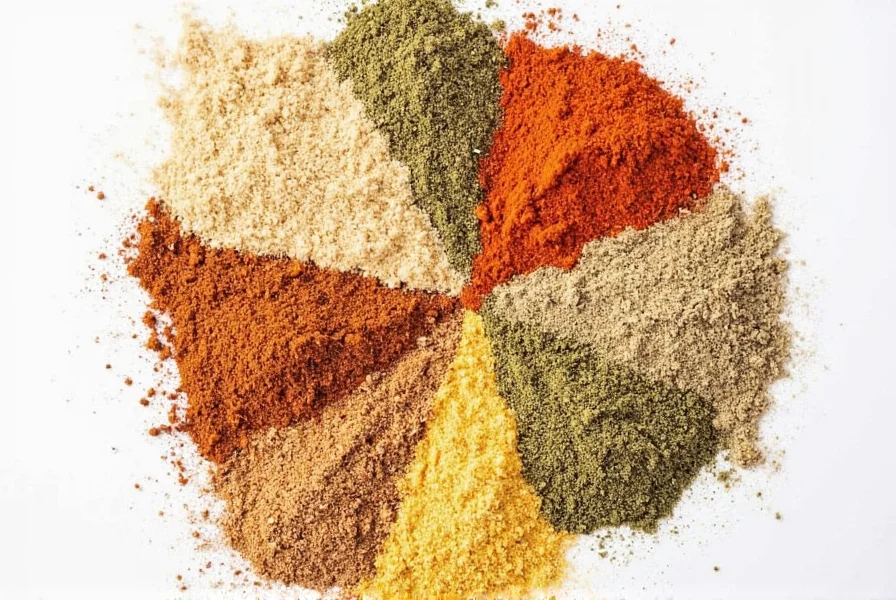
How to Store Your Spice Collection
Proper storage keeps your spices vibrant and flavorful longer. Follow these simple tips:
- Use Airtight Containers: Glass jars with tight lids prevent moisture and oxidation. Avoid plastic containers that can absorb odors.
- Keep Away from Heat Sources: Store spices away from stoves, ovens, or direct sunlight. A cool, dark cabinet is ideal.
- Label and Date: Know when you bought them so you can replace old ones regularly. Ground spices typically last 2–3 years; whole spices up to 4 years.
- Don't Keep Them Forever: Test potency by smelling — if there's no aroma, it's time to replace. Turmeric and paprika lose color intensity first.
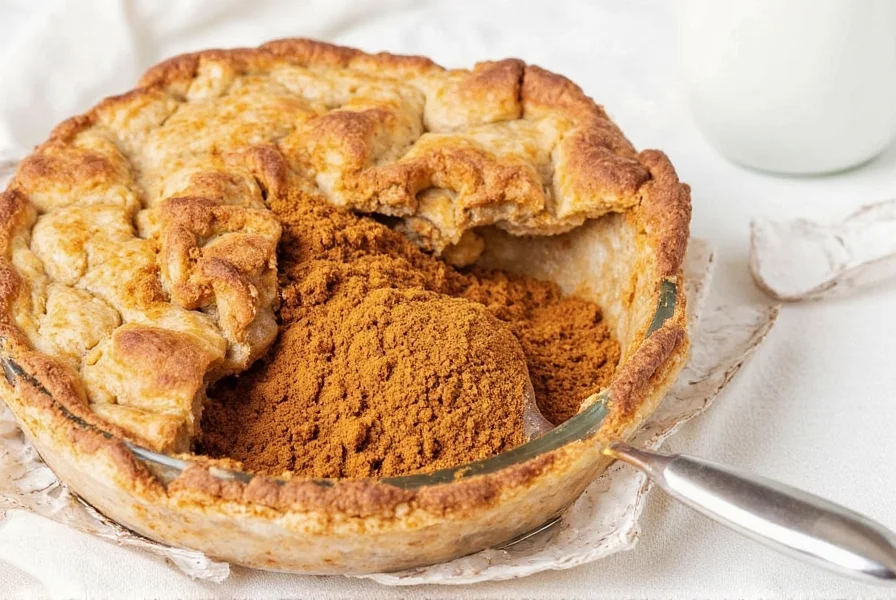
Frequently Asked Questions About Seasoning Powders
Here are answers to some common questions about seasoning powders to help you make the most of your spice collection:
How long do seasoning powders last before losing potency?
Ground spices typically maintain their best flavor for 2-3 years when stored properly in airtight containers away from heat and light. Whole spices can last up to 4 years. While they won't spoil, they will gradually lose their flavor intensity over time. Test potency by smelling — if there's no aroma, it's time to replace.
What's the difference between chili powder and cayenne pepper?
Chili powder is actually a blend of ground chilies and other spices like cumin, garlic powder, and oregano, offering a complex flavor with moderate heat. Cayenne pepper is a single-ingredient powder made from ground cayenne peppers, providing direct, intense heat without additional flavor notes. Use cayenne when you want pure heat, and chili powder for layered flavor.
Which 5 seasoning powders should beginners start with?
For beginners, we recommend starting with: garlic powder (versatile savory flavor), onion powder (essential for building flavor bases), paprika (adds color and mild flavor), cumin (earthy notes for many cuisines), and black pepper (universal seasoning). These five form a solid foundation for most cooking needs and can be used in countless dishes.
Can I substitute fresh herbs for seasoning powders?
Yes, but with adjustments. As a general rule, use 3 times the amount of fresh herbs as you would dried powder (since drying concentrates flavor). For example, if a recipe calls for 1 teaspoon of dried oregano powder, use 1 tablespoon of fresh chopped oregano. Add fresh herbs later in cooking to preserve their delicate flavors. For garlic and onion: 1 clove fresh garlic = 1/8 teaspoon garlic powder; 1/2 cup fresh chopped onion = 1 teaspoon onion powder.
How can I tell if my seasoning powders have gone bad?
While spices don't technically expire, they lose potency. Check for these signs: faded color, little to no aroma when you open the container, or a bland taste. Properly stored spices should have a vibrant color and strong fragrance. If your spices don't smell like anything, it's time to replace them. Turmeric and paprika will lose their bright color first.
Which seasoning powders offer notable health benefits?
Turmeric contains curcumin, which has anti-inflammatory properties. Cinnamon may help regulate blood sugar. Garlic powder retains many of the health benefits of fresh garlic, including cardiovascular support. However, for therapeutic benefits, consult a healthcare professional rather than relying solely on culinary use. Note that health benefits require consistent consumption in significant amounts — culinary use provides only minor benefits.
What's the proper ratio when substituting seasoning powders for fresh ingredients?
The general conversion is: 1 teaspoon of fresh herbs = 1/3 teaspoon of dried powder. For garlic and onion: 1 clove fresh garlic = 1/8 teaspoon garlic powder; 1/2 cup fresh chopped onion = 1 teaspoon onion powder. Always start with less and adjust to taste, as potency can vary between brands. For potent spices like cayenne, start with 1/4 tsp and increase gradually.
Final Thoughts
With the right selection of seasoning powders, your kitchen becomes a powerhouse of flavor possibilities. This seasoning powder list gives you a solid foundation to explore cuisines from around the world and experiment with bold, exciting flavors. Don't be afraid to mix and match, toast, and taste — the beauty of seasoning powders lies in their versatility.
Remember, building a great spice rack isn't about collecting every powder available — it's about knowing which ones work best for your cooking style and favorite dishes. Start with the top 5 beginner-friendly options, then expand your collection based on the cuisines you love most. So grab a few essentials, start experimenting, and let the seasoning magic begin!

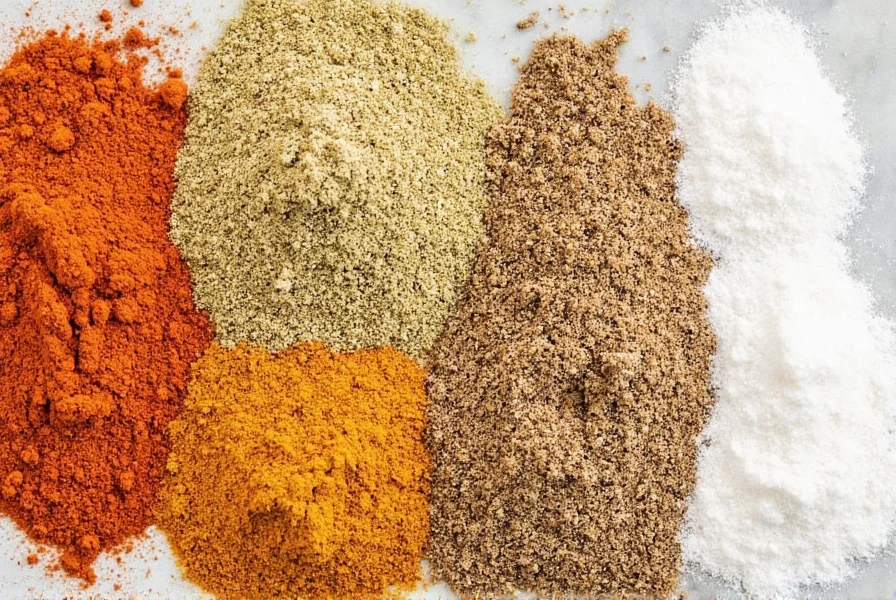









 浙公网安备
33010002000092号
浙公网安备
33010002000092号 浙B2-20120091-4
浙B2-20120091-4